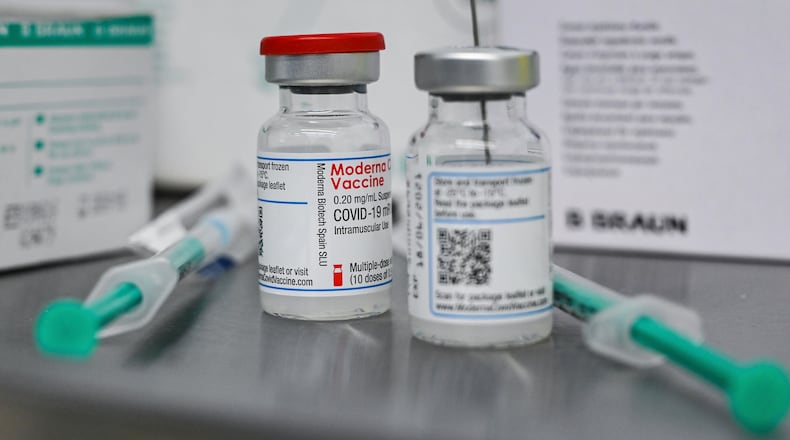“Now that the supply of vaccine is significantly increasing, this is the perfect time for a large-scale clinic in Ohio to bolster our work to get shots in arms quickly, efficiently and equitably,” DeWine said.
The mass vaccination clinic is opening with support from the Biden administration and the Federal Emergency Management Agency.
The mass vaccination site will be open seven days a week. The first three weeks it distribute the Pfizer vaccine. Patients who received their first dose at the Wolstein Center are guaranteed a second dose during the fourth, fifth and sixth weeks of the clinics.
Patients can register by phone, in-person, online and by using a statewide online scheduling system that is currently being developed. Hours of operation have not be set at this time. More specific information about registering for an appointment will be available in the coming days.
The clinic is open to anyone eligible to receive the vaccine, but it will focus on serving high-risk Ohioans and underserved residents in northeast Ohio.
The Wolstein Center was recommended by the state and selected by FEMA due to its proximity to a large number of Ohio’s high-risk residents and medically underserved populations. About 1.1 million Ohioans 60 and older live in northeast Ohio, according to DeWine’s office. More than 25,000 people living within a mile of the center and nearly 45% live below the poverty level.
“Ohio has held several successful mass vaccination clinics, but this long-term clinic will reach the most people yet – particularly those in Ohio’s most vulnerable populations and those who face barriers in accessing health care,” DeWine said. “In addition to this new northeast Ohio site, we remain committed to ensuring that, no matter where you live, a vaccine provider is located nearby, and we’re strengthening that commitment by also launching several new state-sponsored mass vaccination sites in other areas of the state.”
The site will be managed by the Ohio Department of Health, Ohio National Guar and Ohio Emergency Management Agency with support from FEMA, the U.S. Department of Defense, the City of Cleveland, Cuyahoga County and Cleveland State University.
About the Author
